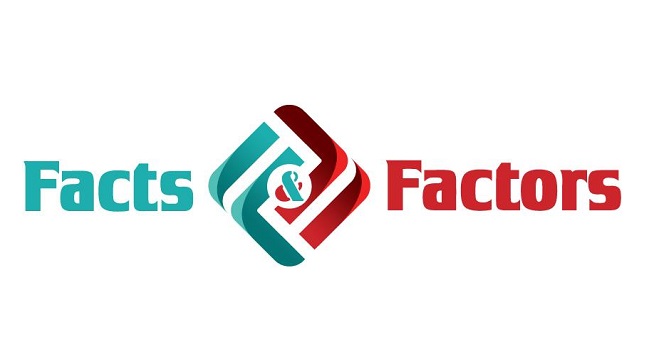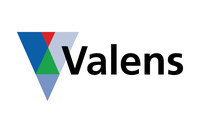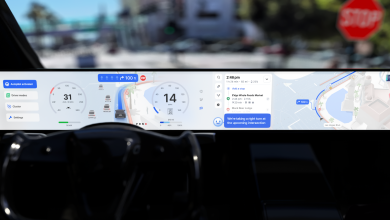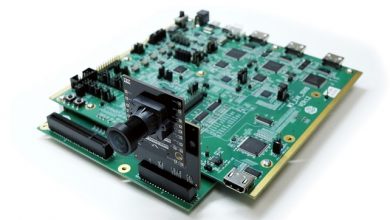Demand for global advanced driver assistance systems market size will surpass $60.54 billion mark by 2028

The latest findings perfectly encompass an analytical and comprehensive overview of the Global Advanced Driver Assistance Systems (ADAS) Market. Facts & Factors estimate that the global Advanced Driver Assistance Systems (ADAS) Market will be projected at USD 28.45 Billion in the year 2021 and will grow at a CAGR rate of 10.2% to a final value of USD 60.54 Billion during the forecast period till 2028.
Research Synopsis:
Advanced driver-assistance systems (ADAS) are a group of electronic technologies that assists drivers in a range of processes such as driving and parking functions. ADAS often increase car safety and in retrospect increase the safety of passengers of the other consumers on the road. They integrate a range of sensors such as cameras and proximity sensors that give a range of functions to the driver such as additional vision and obstacle detection intimidation to name a few. Recent studies have indicated that most car incidents occur due to human error. ADAS are used to regulate, monitor, and decrease vehicular road fatalities due to the latter. Furthermore, ADAS contains a wider range of features such as automated lighting, adaptive cruise control, obstacle avoidance driving systems, and lane departure assistance to name a few.
Industry Growth Factors
The primary factors that are likely to drive the ADAS market are rapid urbanization, expanding industrialization, rising standard of living among consumers, increased disposable income, and integration of AI among ADAS to name a few. Furthermore, rising technological advances have given rise to a range of features to be added to the ADAD library such as autonomous emergency braking, lane warning departure systems, parking assist, adaptive cruise control systems, and autonomous lighting and windshield sensors. These features are expected to increase the sales of the ADAS market during the forecast period. The rising trend of self-driving vehicles or autonomous vehicles is expected to fuel the growth of the global ADAD market during the forecast timeframe.
Increasing stringent restrictions by various government bodies across the world are imposing stricter laws regarding passenger safety onto car manufacturers. Rise in the automotive industry coupled with rising government initiatives to adopt advanced technologies, develop increasingly structured safety features, and a rising trend of adopting autonomous vehicles by government and consumers alike will open new market revenue for the global ADAD market during the forecast period. A rise in per-capita spending power per consumer among the developing economies coupled with increasing demand among consumers for premium and luxurious features in their automobiles will strengthen the footprint of the global ADAS market during the forecast timeframe. However, high initial costs and rising malfunctioning components can hamper the growth of the global ADAS market to a certain extent.
Scope of the Report
| Report Attribute | Details |
| Size of Market 2021 | USD 28.45 Billion |
| Future Size of Market 2028 | USD 60.54 Billion |
| CAGR Growth Rate (%) | 10.2% CAGR |
| Base Year | 2021 |
| Forecast Period | 2022-2028 |
| Prominent Vendors | Continental AG, Harman International, Robert Bosch GmbH, AVL GmbH, Gentex Corporation, Hyundai Mobis, NPX Semiconductor, Mobileye N.V., Autoliv, Inc., Panasonic Corporation, Magna International, Inc., Aisin Seiki Co. Ltd, Jayson Electronics, DENSO Corporation, Renesas Electronics Corporation, and Valeo SA among others. |
| Major Segment | By System Type, Component Type, Vehicle Type, and Region |
| Key Regions | North America, Europe, Asia Pacific, Latin America, and the Middle East & Africa |
ADAS Market: Segmentation
The global advanced driver assistance systems (ADAS) market can be segmented into system type, component type, vehicle type, and region.
On the basis of system type, the global advanced driver assistance systems (ADAS) market can be divided into adaptive cruise control, blind-spot detection, park assist, lane departure warning system, autonomous emergency braking, tire pressure monitoring, heads-up display, intelligent headlights, forward collision warning e-call system, night vision system, and pedestrian detection system. The segment of park assist system is expected to witness the largest market share during the forecast owing to less implemented cost compared to its counterparts, easy installation process, and a wider range of application and functionality.
On the basis of component type, the global ADAD system can be broken down into LiDAR, radar, camera, laser, and sensor. The sensor category is expected to witness the largest market share during the advent of the forecast owing to the rising demand and usage of autonomous vehicles. Sensors can provide a wider range of uses when compared to other forms of components in the segment.
On the basis of vehicle type, the global ADAS system can be fragmented into passenger cars, light commercial vehicles (LCV), heavy commercial vehicles (HCV). The passenger cars category is expected to witness the largest market share during the advent of the forecast owing to a tremendous rise in sales due to rising urbanization, high demographic growth, and an increase in disposable income to name a few. Furthermore, recent trends indicate that various government bodies across the world are expected to spend a surplus of funds in the automotive industry.
Regional Analysis
Asia-Pacific is expected to witness the largest market share during the advent of the forecast owing to increased sales and production of the automotive industry coupled with increased adoption of electric vehicles in countries such as China and Japan. The presence of key players in the region and the entry of international players are expected to drive investment by a wider range of private and public sectors which will indicate a positive outlook for the ADAS market in the region. The region of Europe will account for the second-largest market share during the forecast owing to rising initiatives undertaken by the EU w.r.t increasing consumer safety.
Competitive Players
The report also provides an in-depth analysis of the market’s main competitors, as well as information on their competitiveness. The research also identifies and analyses important business strategies used by these main market players, such as mergers and acquisitions (M&A), affiliations, collaborations, and contracts.
The key participants in the global ADAS market are Continental AG, Harman International, Robert Bosch GmbH, AVL GmbH, Gentex Corporation, Hyundai Mobis, NPX Semiconductor, Mobileye N.V., Autoliv, Inc., Panasonic Corporation, Magna International, Inc., Aisin Seiki Co. Ltd, Jayson Electronics, DENSO Corporation, Renesas Electronics Corporation, and Valeo SA among others.
Key Highlights of This Report:
- As per the analysis, the Advanced Driver Assistance Systems (ADAS) market is likely to grow above a CAGR of around 10.2% between 2022 and 2028.
- The Advanced Driver Assistance Systems (ADAS) market size was worth around USD 28.45 billion in 2021 and is estimated to hit approximately USD 60.54 billion by 2028. Due to a variety of driving factors, the market is predicted to rise at a significant rate.
- As demand and use for autonomous vehicles increase, the sensor category is anticipated to have the biggest market share at the beginning of the forecast.
- According to recent trends, numerous governments throughout the world are anticipated to invest a surplus of money in the automobile sector.
- This is a result of rising automotive production and sales, as well as a rise in the popularity of electric vehicles in countries like China and Japan.
By System Type
- Adaptive Cruise Control
- Blind Spot Detection
- Park Assist
- Lane Departure Warning System
- Autonomous Emergency Braking
- Tire Pressure Monitoring
- Heads-up Display
- Intelligent Headlights
- Forward Collision Warning E-Call System
- Night Vision System
- Pedestrian Detection System
By Component Type
- LiDAR
- Radar
- Camera
- Laser
- Sensor
By Vehicle Type
- Passenger Cars
- Light Commercial Vehicles (LCV)
- Heavy Commercial Vehicle (HCV)
By Region
- North America
- Europe
- Asia Pacific
- The Middle East & Africa
- Latin America



